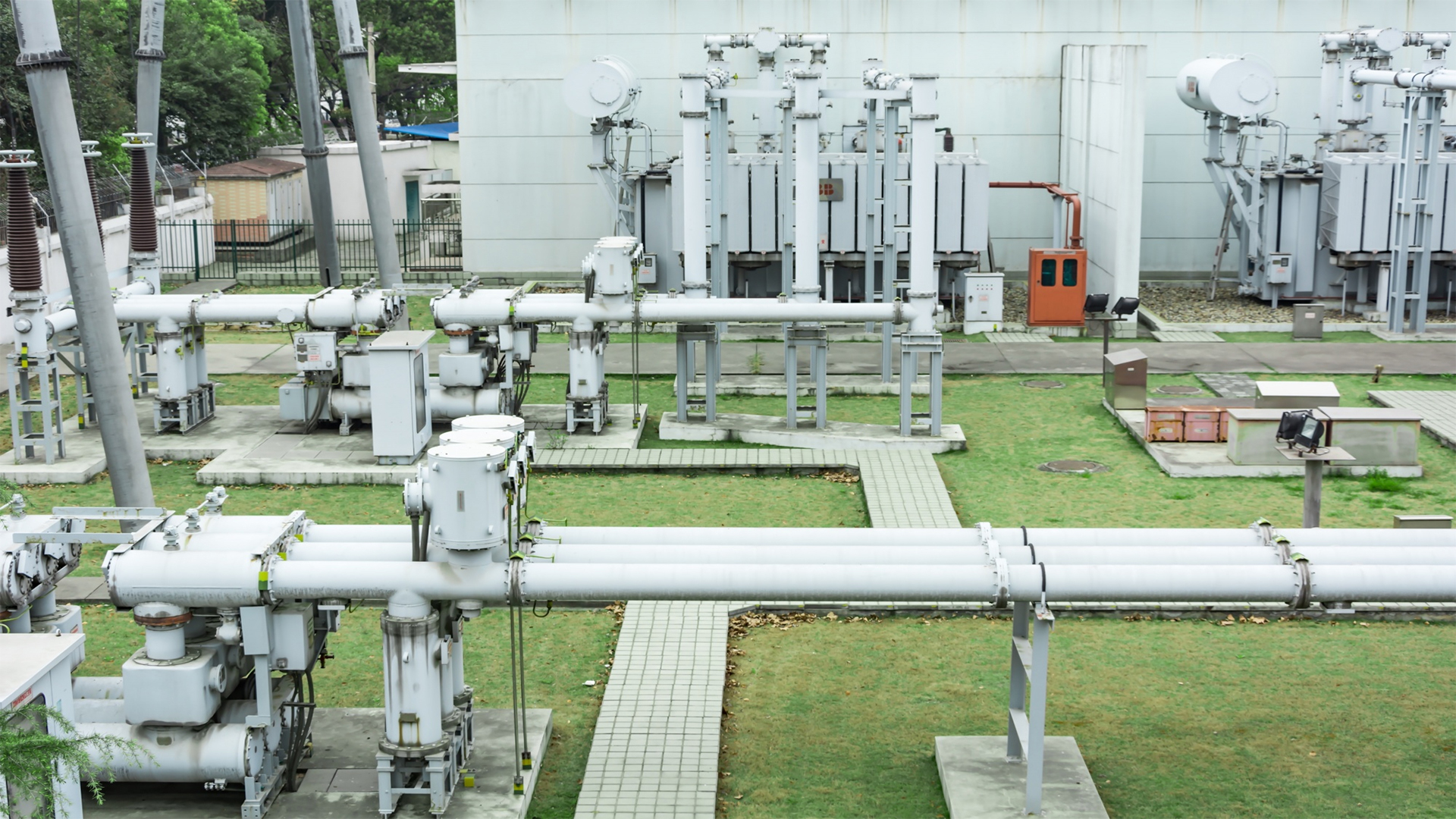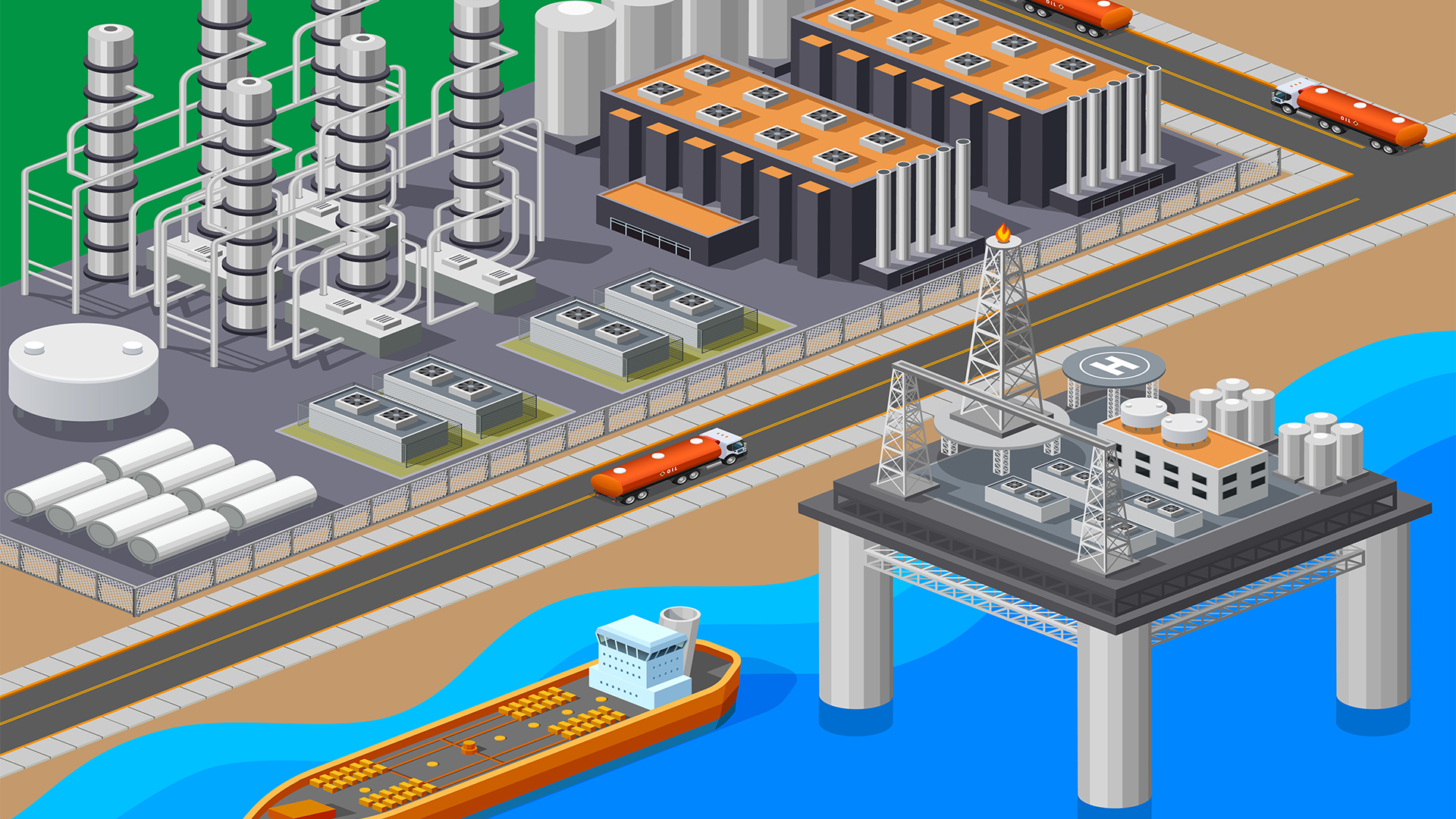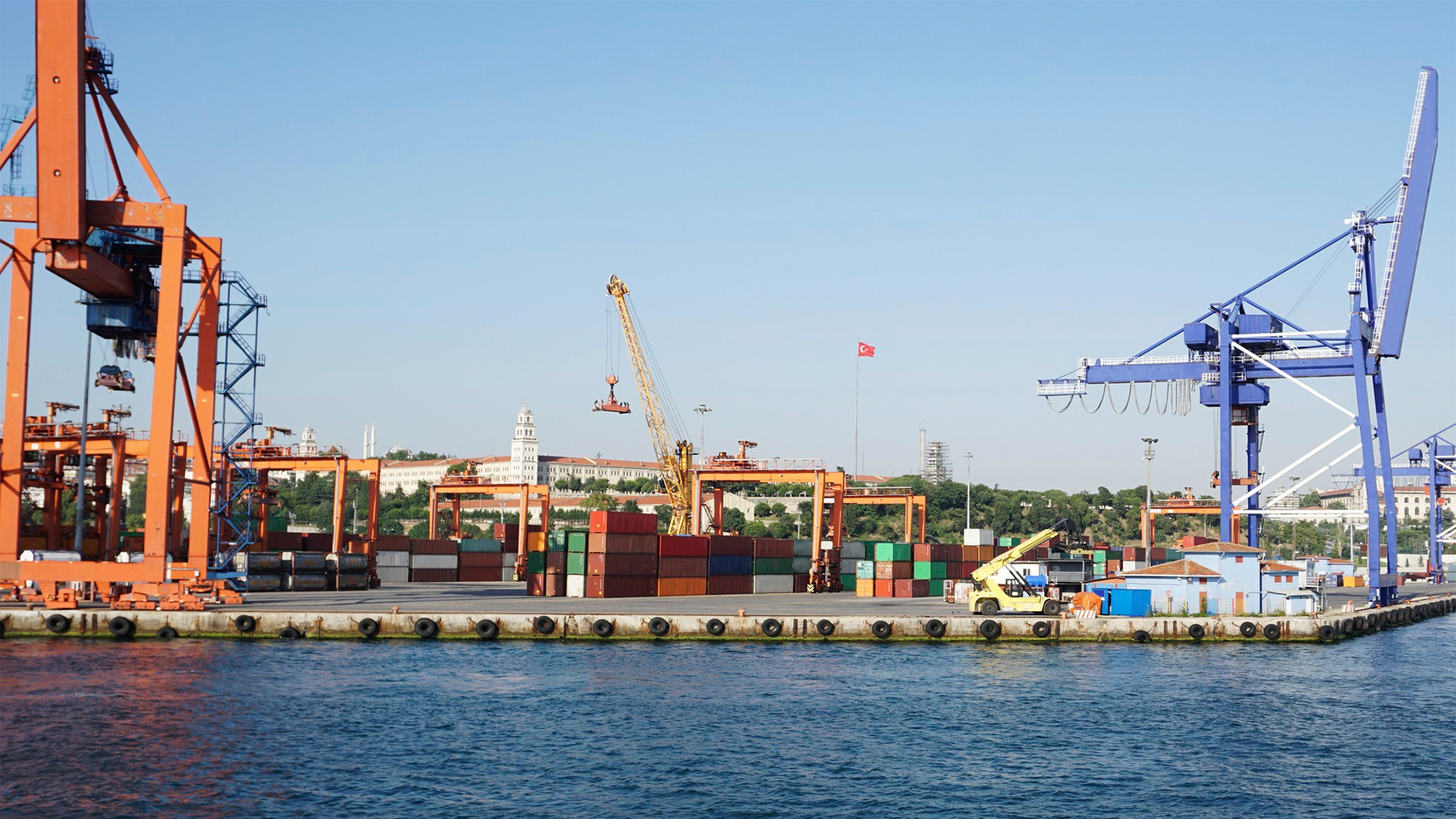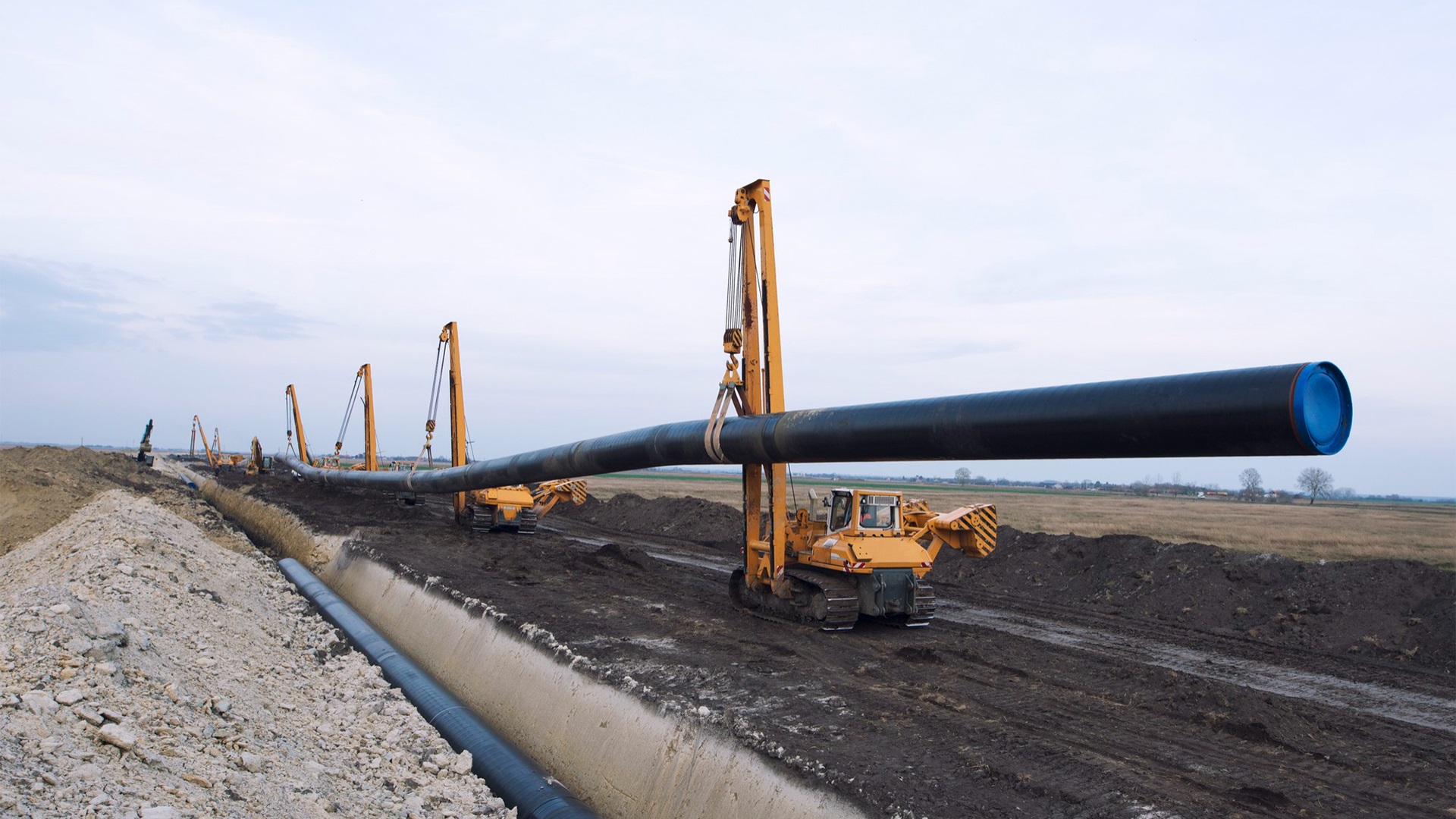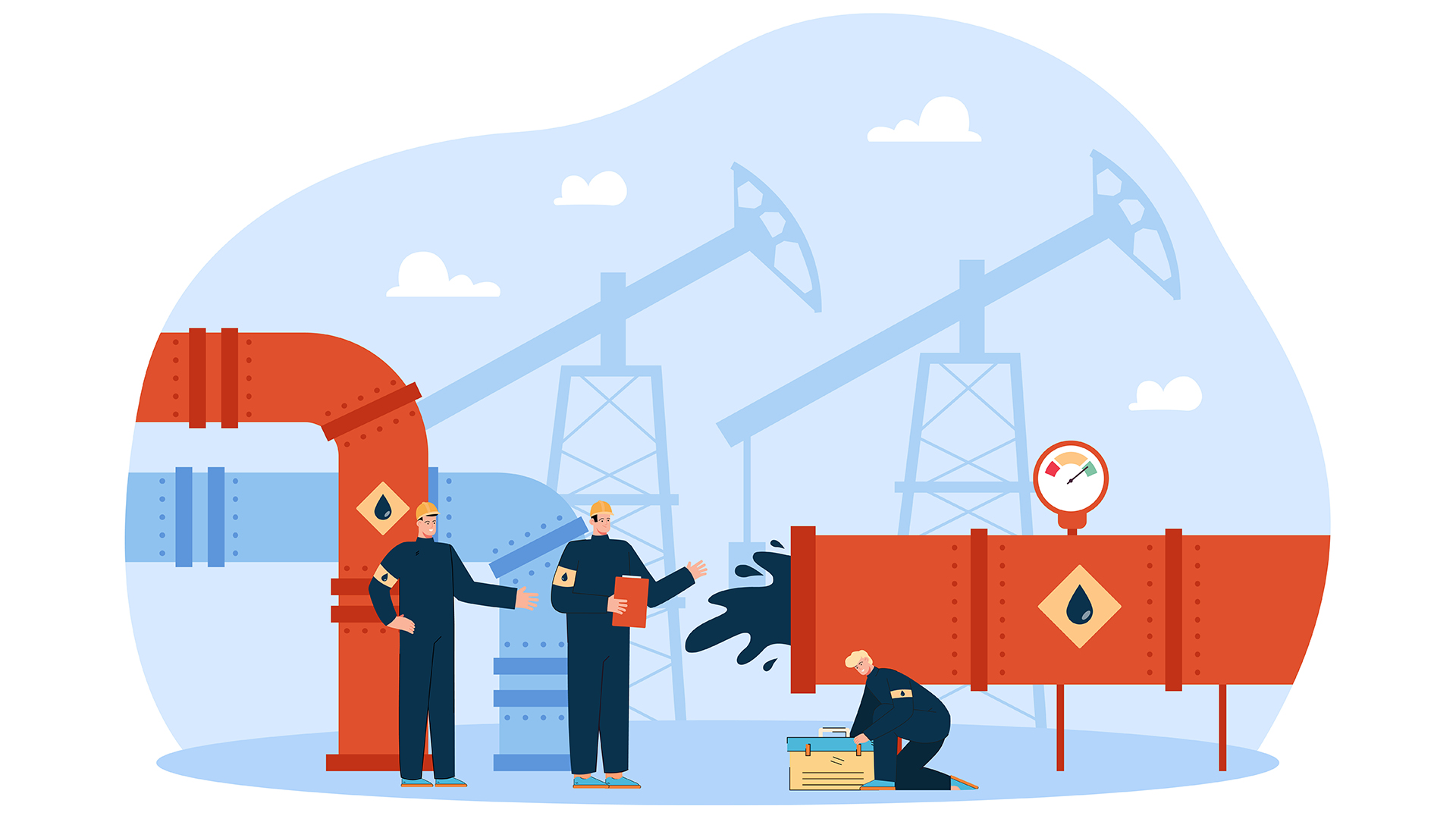
Oil Well Plug And Abandonment Engineering: Unlock Your Expertise
Course overview
What does an abandonment and plugging engineer for oil wells do?
Using all available plugging and abandonment techniques, the oil well plugs and abandonment engineer is in charge of plugging and decommissioning oil wells. Numerous oil fields have wells that we plug and leave because they have deteriorated over time. Since plugging and abandoning an oil well is a crucial task, only individuals with the necessary training can carry it out carefully and safely.
This training program in oil well plug and abandonment engineering will provide you with the necessary skills to comprehend the operations involved in oil well commissioning, including P&A methodology, industry rules, and legislation. Current best practices and certain process uncertainties will be covered in this Zoe course. Because there are many dangers associated with well decommissioning, careful planning and efficient cost control must be carried out by engineers.
How may expenses be cut while work is done effectively?
techniques to be used in order to decommission oil wells and create effective procedures. The field of “oil well plug and abandonment engineering” studies novel and non-traditional techniques for the decommissioning process. This Training Bee course addresses the topic of plugging and abandoning oil wells. This training will provide you the chance to improve your abilities and capabilities while assisting the organization in carrying out the decommissioning of oil wells.
Introduction
In the oil and gas sector, plugging and abandoning (P&A) oil wells is a critical and complex procedure. It comprises plugging and sealing a well that is no longer economically viable or has reached the end of its productive life in a safe and responsible manner. An outline of the core principles of P&A, such as engineering concerns, procedural rules, and efficient management, is given in this introduction.
To sum up, the participants in this course on Oil Well Plug and Abandonment (P&A) Engineering, Procedures, Guidelines, and Management will gain a thorough understanding of the P&A process and its crucial role in regulatory compliance, well decommissioning, and environmental protection. It provides experts with the know-how and abilities required to conduct P&A operations in an ethical and efficient manner, supporting the closure of oil and gas wells in a responsible manner.
We are The Training Bee, a global training and education firm providing services in many countries. We are specialized in capacity building and talent development solutions for individuals and organizations, with our highly customized programs and training sessions.
Learning Objectives
Upon completing Oil Well Plug and Abandonment (P&A) Engineering, Procedures, Guidelines and Management, participants will be able to:
- Gaining knowledge of every facet of P&A operations
- To impart expertise and abilities in oil well decommissioning
- To offer insight into a range of significant issues and ideas oil well disassembly
- Carrying out a thorough procedure Oil well decommissioning and decommissioning planning
- Effective methods for decommissioning oil wells
- To familiarize oneself with industry standards and requirements
- The capacity and potential to resolve typical issues in P&A tasks
- The necessary knowledge of laws, regulations, and guiding principles
Our Unique Training Methodology
This interactive course comprises the following training methods:
- Journaling – This consists of setting a timer and letting your thoughts flow, unedited and unscripted recording events, ideas, and thoughts over a while, related to the topic.
- Social learning – Information and expertise exchanged amongst peers via computer-based technologies and interactive conversations including Blogging, instant messaging, and forums for debate in groups.
- Project-based learning
- Mind mapping and brainstorming – A session will be carried out between participants to uncover unique ideas, thoughts, and opinions having a quality discussion.
- Interactive sessions – The course will use informative lectures to introduce key concepts and theories related to the topic.
- Presentations – Participants will be presented with multimedia tools such as videos and graphics to enhance learning. These will be delivered engagingly and interactively.
Training Medium
This Oil Well Plug and Abandonment (P&A) Engineering, Procedures, Guidelines and Management training is designed in a way that it can be delivered face-to-face and virtually.
Course Duration
This training is versatile in its delivery. The training can be delivered as a full-fledged 40-hour training program or a 15- hours crash course covering 5 hours of content each day over 3 days
Pre-course Assessment
Before you enroll in this course all we wanted to know is your exact mindset and your way of thinking.
For that, we have designed this questionnaire attached below.
- In the oil and gas sector, what is the main goal of plug and abandonment (P&A) operations, and how do they support well integrity and environmental objectives?
- Describe the legal and ethical criteria that must be met by well-P&A activities both domestically and abroad. Do you know any particular rules and regulations pertaining to P&A?
- Could you list and briefly explain the common P&A techniques for gas and oil wells, such as wellhead removal, cement plugs, and sectioning?
- How come wellbore separation is so important during P&A, and what safeguards are in place to guarantee appropriate zonal isolation?
- Talk about the function of cementing and casing in P&A operations, as well as the kinds of cement barriers that are employed and how important casing design is.
Course Modules
This Oil Well Plug and Abandonment (P&A) Engineering, Procedures, Guidelines and Management covers the following topics for understanding the essentials of the Agile Workplace:
Module 1 – Synopsis of the P&A Procedure
- Drivers of P&A processes
- Technologies P & A
- Activity levels and costs for P&A
Module 2 – Cementing and abandoning tubing
- Overview of well abandonment
- Methods of well abandonment
- First cementing
- Cement assessment
- Excellent conclusion
Module 3 – Organizing and moving gas
- Organizing well-P&A activities
- Migration and leaking of gases
- Components of well barrier for gas control
Module 4 – Instruments and methods
- Common techniques for abandoning
- Types of finishing for wells
- Innovative methods and technologies
Module 5 – Risk evaluation
- P&A’s risk assessment
- Risk mitigation
- P&A’s best practices
Module 6 – Evaluation of cement and casing
- Casing assessment methods
- Methods for evaluating cement
- Modern methods and remedial cement
Module 7 – Laws, rules, and regulations
- Guidelines for P & A
- Laws across different nations
- Environmental issues and regulations
Module 8 – Tools and project management
- Project management fundamentals
- Work-break-down hierarchy
- PERT / CPM method
Post-course Assessment
Participants need to complete an assessment post-course completion so our mentors will get to know their understanding of the course. A mentor will also have interrogative conversations with participants and provide valuable feedback.
- Give a brief description of the tools and methods used in the wellhead removal process during P&A. What safety precautions need to be taken throughout this procedure?
- Talk about the safety and environmental issues that need to be taken into account when doing P&A activities. What safety precautions ought to be taken, and how may the impact on the environment be reduced?
- How do time and money factors affect the decisions made during P&A operations, and what are some tactics to strike a balance between safety and cost-effectiveness?
- Describe the significance of planning P&A operations by taking into account the well’s past, including production statistics and downhole circumstances. How does decision-making benefit from this analysis?
- Describe any new developments in P&A or upcoming technologies that you learned about in the course. In what ways may these technologies improve P&A operations’ efficacy and efficiency?
Lessons Learned
Well Integrity and Environmental Responsibility: By the end of the session, participants ought to have developed a profound understanding of the significance of these two factors in P&A operations. They are aware that responsible P&A involves protecting the environment and public safety in addition to decommissioning wells.
Participants possess a thorough understanding of the regulatory environment and the necessary compliance standards that oversee P&A activities. They understand that following these guidelines is necessary for responsible well decommissioning in addition to being required by law.
P&A Methods and Techniques: Upon completion of the course, participants will have a thorough understanding of the various P&A methods and techniques, enabling them to choose the best course of action for their unique set of well circumstances.
Mastery of Zonal Isolation: Participants are adept at establishing appropriate wellbore isolation and recognize the vital roles that cementing and casing design play in preserving zonal isolation during P&A.
Knowledge of Safe and Effective Wellhead Removal: The participants have gained knowledge about the safe and effective removal of wellheads during P&A operations, and they are aware of the significance of following exacting protocols and taking precautions.
Prioritizing the Environment and Safety: In P&A operations, the environment and safety are of utmost importance. The significance of reducing environmental effect and guaranteeing worker and community safety has been grasped by the participants.

